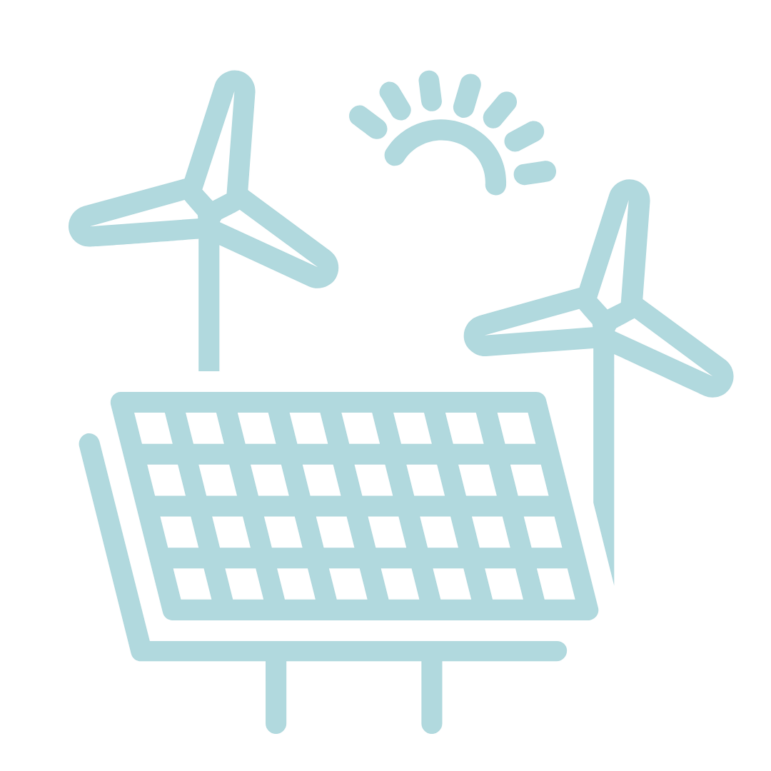Electrify Maryland
End the use of dirty and dangerous fossil fuels for water heating, space heating, and cooking in our homes and buildings
CCAN has a bold vision to electrify every new home in Maryland and make our state a leader. Building electrification would benefit community members by giving them access to cleaner air, healthier homes, good jobs, affordable clean energy, and energy efficiency to reduce monthly energy bills while helping the state meet its climate goals.
The movement to create cleaner, healthier, all-electric new homes and buildings is lighting up the country. There are wins on electrification in California, Massachusetts, New York, New Jersey, Washington, and Colorado. And now we’re gaining momentum in Maryland. We’ve already passed laws to electrify new buildings in Montgomery County, Howard County and in nearby Washington, DC.
Next up is Baltimore County and Frederick County. Eventually, we’ll bring electrification statewide!
Leading at the Local Level
Right now, CCAN is working with volunteers across the state to put pressure on local decision-makers to support new green building electrification as an immediate way to stop the buildout of new gas infrastructure. We are starting this work on the local level but this will build towards state action, similar to our successful approach in the fracking campaign.
By targeting a number of selected localities, we can build awareness, momentum, and support while refining our messaging and tactics — eventually leading to a statewide effort by 2023.

Electrify Baltimore County
CCAN is working on a campaign in Baltimore County to require new buildings to be electric. Baltimore County Councilmember Izzy Patoka has expressed his full-throated support for introducing such a bill. Now it’s up to us to make sure this bill is introduced and passed as quickly as possible. Sign the petition to receive updates and read more here –>

Electrify Frederick County
All-electric new buildings are cheaper to build, healthier for their occupants, and better for the climate. Requiring all new buildings to be all-electric is a growing trend in Maryland and we want Frederick County to pass an all-electric new building code. Send a message to the Frederick County Council and read more here ->

Victory in Montgomery County
In November 22, the Montgomery County Council unanimously passed the “Comprehensive Building Decarbonization,” which will ensure that all-electric building standards become part of the County’s building code no later than the end of 2026. This bill guarantees that almost all new buildings will be equipped with electric hot water systems and heat pumps for space heating and cooling, creating a zero-greenhouse gas (GHG) emissions future. It sets a new example for Maryland and the nation as part of a growing trend to “electrify everything” in the face of rapid climate change. Read more here –>

Victory in Howard County
On March 6, the Howard County Council passed a bill that begins ending the use of fossil fuels in almost all newly constructed buildings. Bill CB5-2023, “The Clean New Buildings Climate Act,” was introduced by Councilmember Christiana Rigby. It directs the County Executive to report by the end of 2023 on needed changes to the county building code to ensure that future homes and buildings in Howard County rely on all-electric appliances. Read more here –>
Take Action
If you want to get involved, fill out a volunteer form or contact doug@chesapeakeclimate.org.
EXPLORE THE BENEFITS OF ELECTRIFICATION
Fossil Fuels are Dirty and Dangerous
Homes with gas stoves have nitrogen dioxide concentrations up to…
higher than homes with electric stoves!

Gas stoves release the same pollution as an idling car!
Living in a home with a gas stove increases a child’s risk of having asthma by
Did You Know?
Gas stoves are a primary source of combustion pollution inside the home, producing dangerous levels of air pollutants that would violate outdoor standards!

Good For the Climate:
- To achieve the nation’s climate goals, buildings must meet their heating, cooling, and cooking demands with electricity instead of fossil fuels such as gas, oil, and propane.
- In addition to the direct greenhouse gas emissions produced from burning gas in furnaces and stoves, the gas also leaks as it makes its way from fracking wells into buildings and homes.
- Worst of all, for 20 years after it is released, methane is 86 times more powerful a greenhouse gas than carbon dioxide!


Good for your Health:
Gas stoves are a Primary Source of Pollution Inside the Home
- .Gas stoves release several hazardous pollutants, notably nitrogen dioxide and carbon monoxide.
- Any exposure to nitrogen dioxide can cause respiratory effects.
- Lower-income households may be at higher risk of exposure to gas stove pollution.
- Gas stoves leak climate-warming methane even when they’re off.
Good for the Economy:

Electrification is affordable: All-electric buildings are generally cheaper to build and lead to lower, more stable energy bills.
- Highly efficient and effective electric appliances are readily available to meet the heating, cooling, and cooking demands of our new buildings.
- All-electric new construction is more affordable to build in most cases and generally more affordable to maintain than buildings that use fossil fuels.
- All-electric new buildings typically have the lowest construction and operating costs.
- For single-family homes, all-electric homes cost less to construct than new mixed-fuel homes.
- For multifamily buildings, all-electric costs about the same to construct as mixed-fuel buildings.
- For commercial buildings, all-electric buildings can have higher or lower construction costs than mixed fuel buildings depending on building type and use.
- At current utility rates, annual energy costs are comparable between homes with electric heat pumps and homes with gas furnaces. Gas rates have risen since the report was issued.
- Annual energy costs are lower for homes with electric heat pumps than for homes heated by electric resistance, oil, or propane.
Educational Resources:
Video testimonials: Why we need to electrify Maryland
Resources:
- Md. Comm’n on Climate Change, Building Energy Transition Plan, Oct. 11, 2021, available at this link
- U.S. Energy Info. Admin., Winter Fuels Outlook, Oct. 2021, available at this link.
These numbers assume that Maryland adopts E3’s recommendation to pursue high electrification in the residential sector and modest electrification in the commercial sector. These assumptions impact the estimated future cost of gas, electricity, and equipment. - American Medical Association Resolution 439, adopted 2022 See RMI, Indoor Air Pollution: the Link between Climate and Health (2020)
- Stanford University Press Release, Stanford scientists find the climate and health impacts of natural gas stoves are greater than previously thought (2022)
- Download the slide deck:
- Download the flyer
- MD_climate_impacts_factsheet
- MD_cold_climate_heat_pumps_factsheet
- MD_health_impacts_factsheet
- MD_infrastructure
- MD_renewable_gas_alternatives_factsheet
Related News:
- https://www.marylandmatters.org/2022/08/15/opinion-this-federal-bill-is-going-to-supercharge-marylands-energy-transition/
- https://energynews.us/newsletter/analyses-climate-bill-would-cut-deficit-help-reach-emissions-goal/
- https://www.sierraclub.org/press-releases/2022/08/dc-mayor-signs-bills-transition-dirty-fuels-power-buildings-clean-electricity
- https://www.mymcmedia.org/elrich-riemer-announce-bill-to-fully-electrify-new-construction/
- https://www.mymcmedia.org/elrich-riemer-announce-bill-to-fully-electrify-new-construction//
- https://bethesdamagazine.com/bethesda-beat/green/county-officials-unveil-legislation-to-require-electricity-as-the-sole-energy-source-for-new-buildings/
- https://www.marylandmatters.org/2022/05/13/political-notes-more-than-100-state-candidates-sign-carbon-free-electricity-pledge-and-congressional-endorsements/
- https://www.baltimoresun.com/opinion/op-ed/bs-ed-op-climate-bill-law-20220418-5yvbreegzjdwvlsjnpag6eqyly-story.html
- https://baltimorefishbowl.com/stories/poll-majority-of-marylanders-support-cutting-greenhouse-gas-emissions-fully-electrifying-new-buildings/




